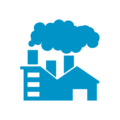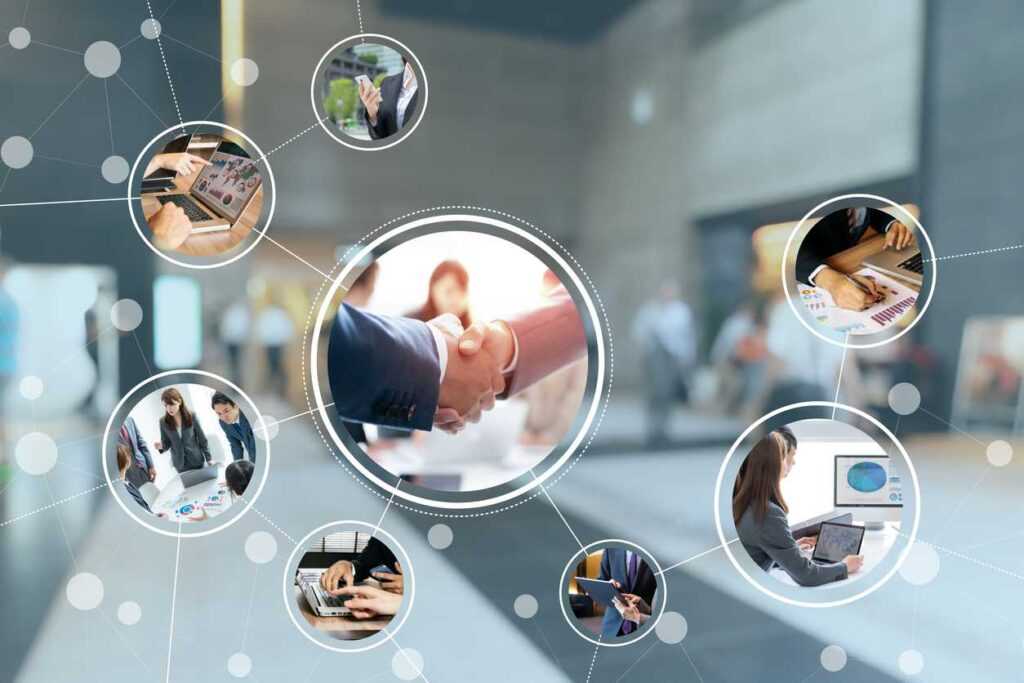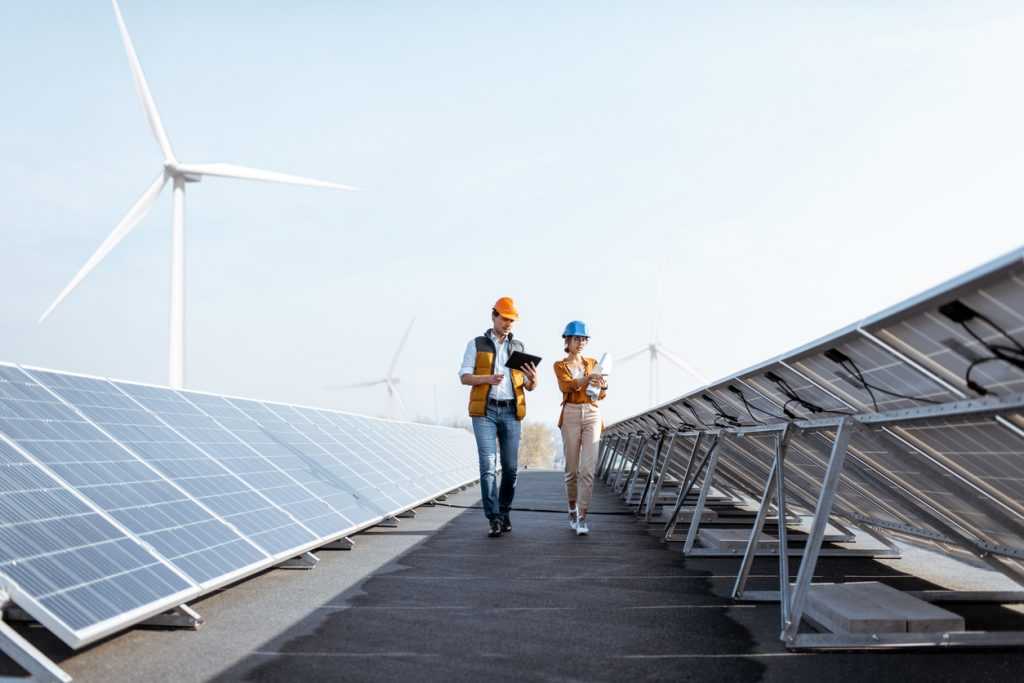They’re where we live and work, shop and socialize, raise our families, and send our children to learn and grow. It’s time for them to bring out the best of us and our communities.
Why Buildings Matter

Today, the buildings in which we live and work account for 74% of U.S. electricity consumption and a third of national greenhouse gas emissions. In many cities, though, buildings often account for even more pollution, sometimes up to 50%-75% of emissions. We know, however, that buildings can be transformed into a climate solution, instead of a liability.

We know that we can easily improve building’s financial and environmental impacts by deploying new business practices and current and new technologies that reduce waste and eliminate inefficiencies. Many buildings today could see energy use improvements of 30% or more.

There is huge potential for job growth in creating a market that demands better buildings. Today, currently less than 2% of workplaces and schools, and less than 0.2% of homes receive an energy renovation or upgrade each year. Scaling up demand for higher-performing spaces would not only address the climate crisis at hand but also drive substantial demand for a more robust workforce.

We know buildings affect everyone and provide an opportunity to stop and correct systemic inequities. Decades of racial discrimination have separated people by race, class, and income into unequally resourced communities and buildings, creating a cycle where those already penalized by these systems also now bear the increasing brunt of higher energy bills, dirtier air, increased vulnerability to power outages and climate-related disasters, and less access to future-oriented jobs. All of this can be addressed by equitably improving buildings.
The Time for Better Buildings Is Now
We know that collectively we can do better. We are at a critical moment in time where multiple market forces are converging to create an opportunity for transformative, widespread change.
|
|
|
|
| The climate crisis is here. |
The COVID-19 global pandemic opened a window to rethink the role of real estate in daily life. |
Addressing social justice demands inclusive solutions. |
At IMT, we know that activating government and business together with communities can build a better future, and that the time to act on buildings is now.
If we are to meaningfully reduce our national and global carbon footprint and protect people given the impacts of climate change, we need to rethink how we create, construct, maintain, and value buildings.
We need to renovate our buildings at a much faster pace and build new buildings to be healthy, resilient, low-emitting properties. That means using materials with less embodied carbon; anchoring design and development processes on whole-building performance; improving structural operations so that owner, landlords, and tenants use less energy while providing healthier space; and make all buildings an active part of the clean power transition.
We also know that high-performance buildings offer a path to environmental justice and strategies must be inclusive and responsive to community needs. Lower tenant energy bills can start to correct the disproportionate energy burden that falls on communities of color, and more diverse contracting and operations practices can create greater, more equitable economic opportunity across communities.
Improving building performance—notably energy use—is at the core of transforming today’s buildings. This is IMT’s specialty.
Where We Work
IMT is on a mission to equitably decarbonize buildings in this decade and improve the livability of our communities. We envision a world in which buildings positively transform people’s physical, social, and economic well-being. To learn more about what we think this will look like by 2030, check out our vision of transformative real estate. To see how we are actively working to make this a reality, check out our focuses below.
 |
 |
 |
 |
| Public Policy | Business Practices | Utilities & the Grid | Community Engagement |


